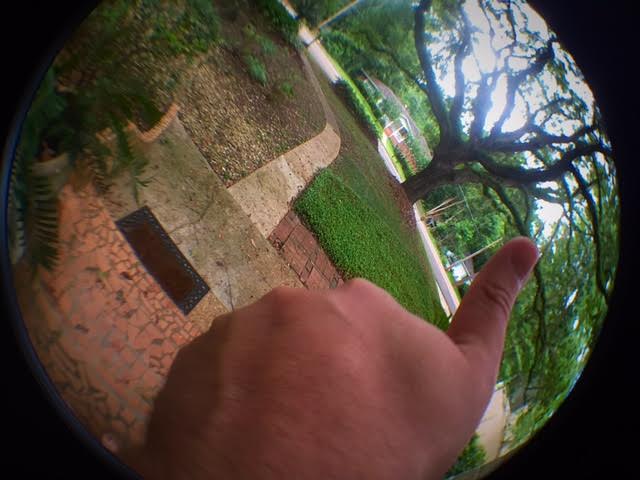
The Apple Watch Camera Might Make Sense After All
I did it! I actually did it!
Yes, folks, I’ve finally stumbled my way onto a really compelling reason for Apple Watch to include a FaceTime camera in some future iteration.
Of course, that reason’s not FaceTime. Nor, for that matter, is it selfies. It’s not for covert spy snaps, and it’s not for Baby’s First Steps. It’s not for mountain vistas or that bird about to fly away or documenting your day, either. It’s not even aligned with the old adage that the best camera is the one you have with you.
Nope, my big Eureka! is none of that.
The solution I’m concerned with dawned on me after a recent late-night YouTube session where, thinking of new angles and new articles, I watched video after video of weird, mostly failed consumer electronic devices and came across the Myo (which is actually for sale right now):
Coincidentally, Abdel and Julia covered a similar product in yesterday’s aptly-titled podcast — one that, as far as I can tell, utilizes the same sort of muscle/tendon vibration sensing as the armband above (to be carefully calibrated by the end user, of course). And while this Kickstarted gadget scales that aforementioned monstrosity down considerably, it’s still a piece of added, asymmetrical heft that requires a separate power source, dedicated apps without system-level control in non-rooted devices, a Bluetooth connection, and altered fitment of the host smartwatch about its user’s wrist. It is intriguing, though it’s not particularly ideal.
But with Apple’s FaceTime camera bent (this pun will make sense in a moment), that ideal is staring Cupertino — and all of us — right in the face.
Yes, the solution to hand- and finger-based Apple Watch gesture controls is an optical one. The solution is a camera.
Here’s how it would work:
Consider your Apple Watch. Look at it on your wrist. Think about how you wear it. Left wrist, right wrist, Crown up, Crown down — it doesn’t really matter. Now hold out your arm in a natural way and flex your hand up. Lay it flat again. Now try raising a finger. Then two fingers. Then three and four. Now, raise all five. Wave. Give a thumbs up. Give a thumbs down. Make a fist. Hook ’em Horns! Snap your fingers. Rap them rhythmically on a table top. Flip someone the bird!
Now imagine a tiny fisheye FaceTime camera embedded in the Apple Watch bezel (or the bezel edge where the glass begins to curve into the chassis) with a short enough focal length and wide enough field of view to dedicate itself — per whatever app you’re using — to those six to eight inches of hand out in front. With very little calibration and rich, app-defined contextual designations, your Apple Watch could then have full finger-based gesture control.
The following illustrations should help you visualize this, and while I’ve drawn these with the camera embedded angularly inside the bezel curve, I can imagine a slight tweak to its orientation and FOV that could let Apple fit it somewhere in the flats of the bezel glass. There are issues of ambidexterity and optimum placement, but I’m confident those would be small hurdles should Apple actually go this route:
Of course, this system differs a bit from the third-party mechanisms others are working on. The chief drawback is that, unlike those, this manner of control does not allow for “inward” gestures: You likely wouldn’t be able to pinch your fingers together to get a result without first toggling that motion by extending them out into the camera’s FOV. You can’t really work with gestures delivered horizontally to Apple Watch’s orientation, either. In this way, an optical control method is perhaps not quite as versatile as the bulkier add-ons.
However, a camera controller embedded in Apple Watch would be more than sufficient to deliver — reliably — a suite of 10 to 20 gestures, and that’s more than enough to make the flush-fit camera — which, mind you, could also pull double duty as a FaceTime and selfie cam for those few who want such — a very cool avenue for Apple to explore.
Coupled with Android-style wrist gestures, this could really give Apple Watch a whole new language of useful input to work with. Heck, you might even be able to use sign language to set Siri straight whenever the idiot assistant screws up your texts.
So I’ve done a one-eighty.
Kind of.
I definitely think future Apple Watch models should have FaceTime cameras, but only if they double as fully-integrated control mechanisms.
And only if Apple adds an animated middle finger emoji.


